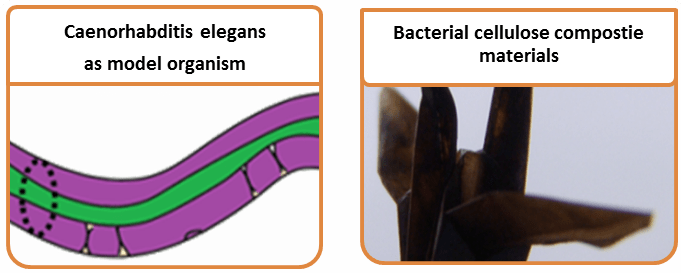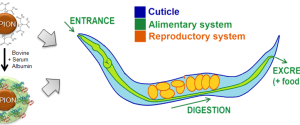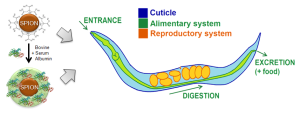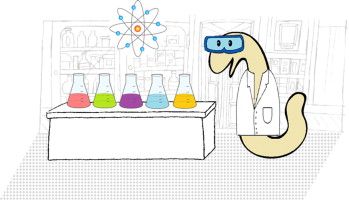Anna Laromaine will give the next ICMAB Periodical Lecture
Next Monday, February 1st, at 12 pm, Dr. Anna Laromaine, member of our group, will give the ICMAB Periodical Lecture. Anna will talk about “Caenorhabditis elegans and bacterial cellulose: exploiting nature to build materials”.
Short abstract :
Many researches have been inspired by nature, from the synthesis of materials mimicking our environment to the evaluation of materials using in vivo animal models. In this talk, I will briefly introduce two approaches that we have been working recently in the group.
First, I will present the use of the small animal model, Caenorhabditis elegans (C. elegans). The characteristics of this model organism endorse this 1 mm long nematode as an ideal living system for the primary screening of engineered nanoparticles in a standard synthetic laboratory. I will present how using the worm, we assessed iron oxide nanoparticles in a simple and facile way.
On the other hand, I will present how a bacterial strain can produce cellulose (named bacterial cellulose (BC)), of the same molecular formula as vegetal cellulose; however exhibiting a higher degree of polymerization and better crystallinity. BC also has high porosity, transparency in the UV-NIR and a high water holding capacity. I will show how we controlled its structure and fabricate nanocomposites that can respond to external stimulus.
“Caenorhabditis elegans and bacterial cellulose: exploiting nature to build materials”
By: Dr. Anna Laromaine
Date: Monday, 1st February
Time: 12 pm
Place: ICMAB Meeting room







